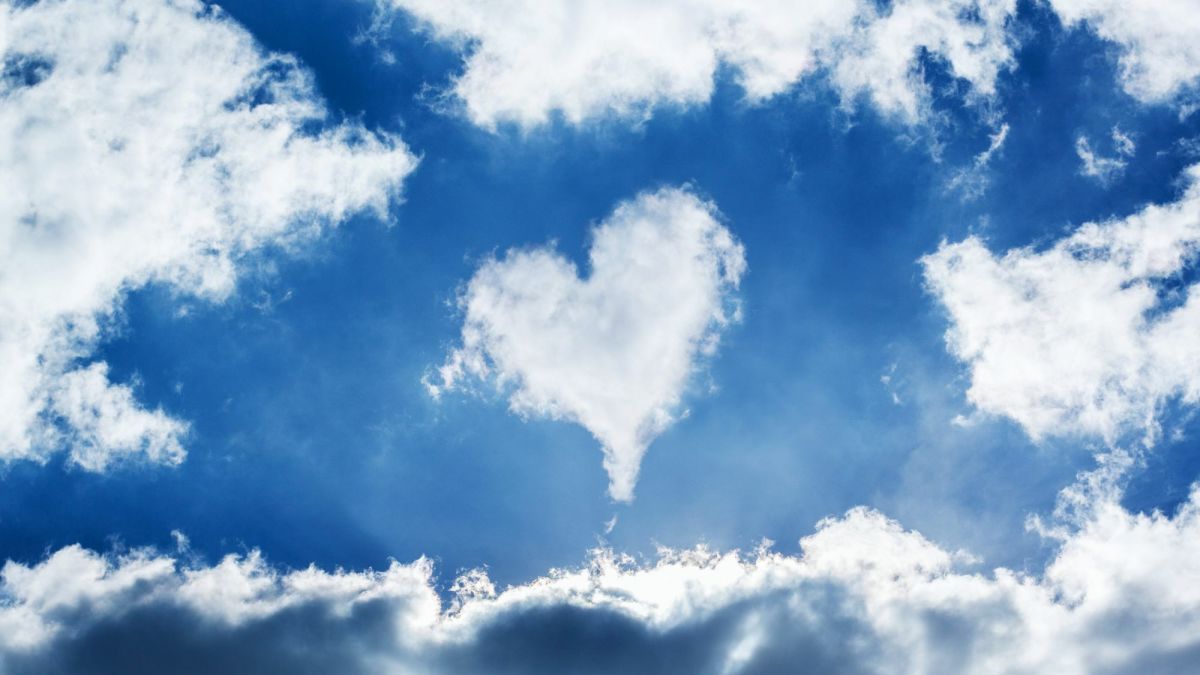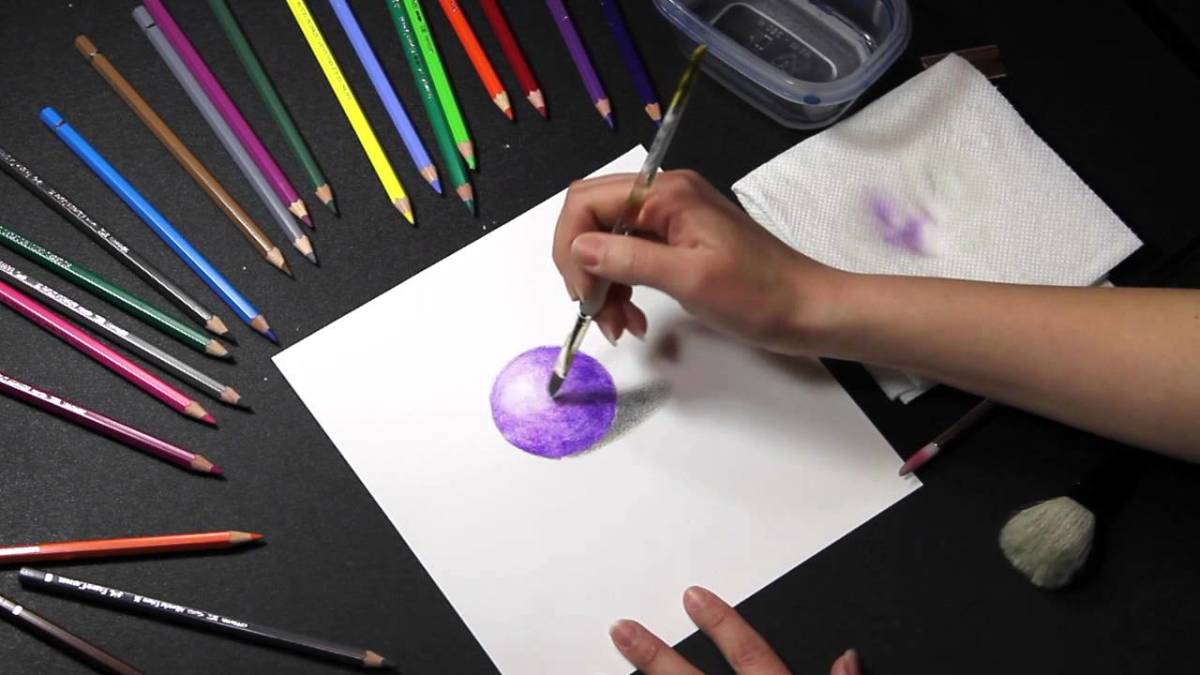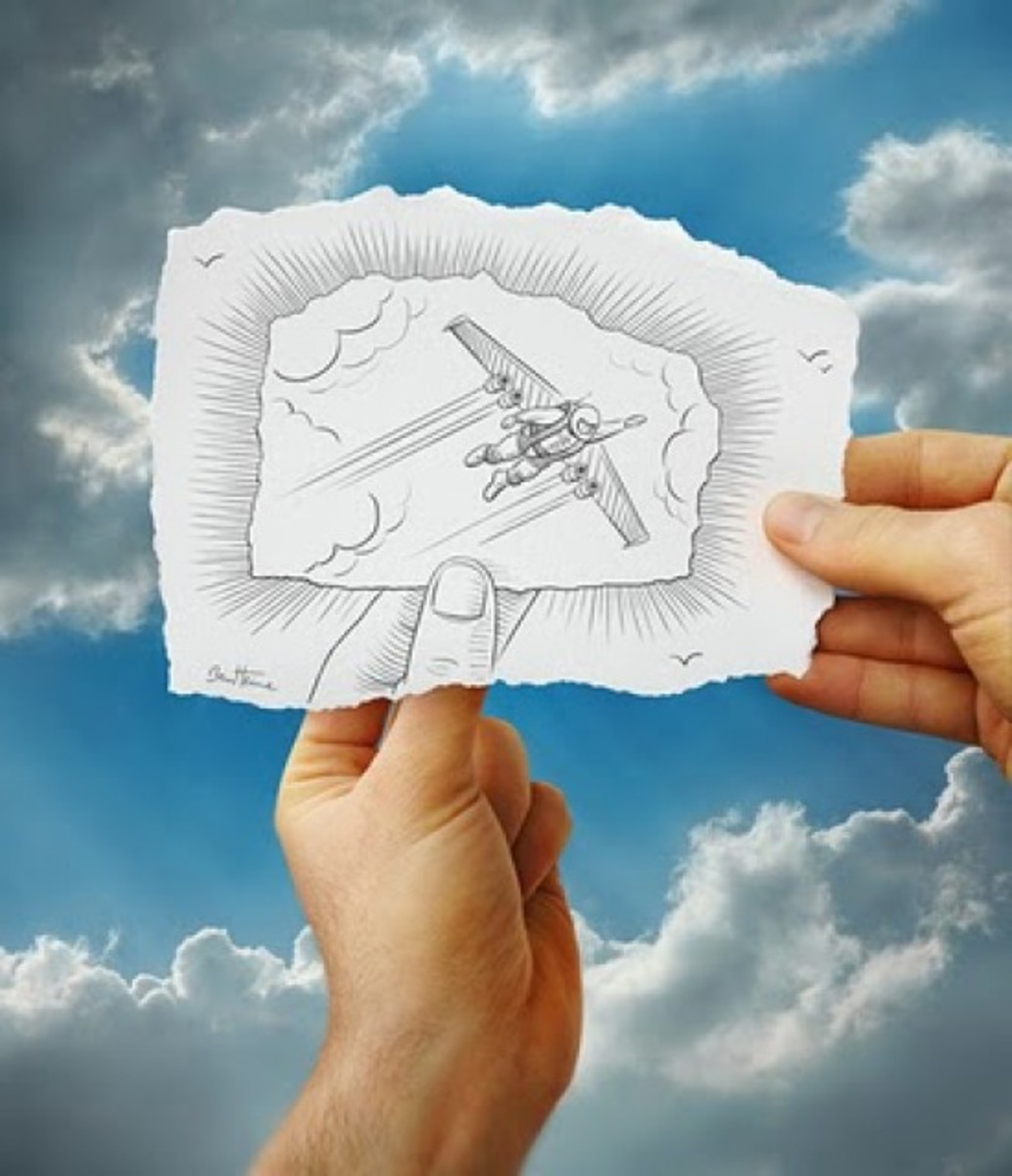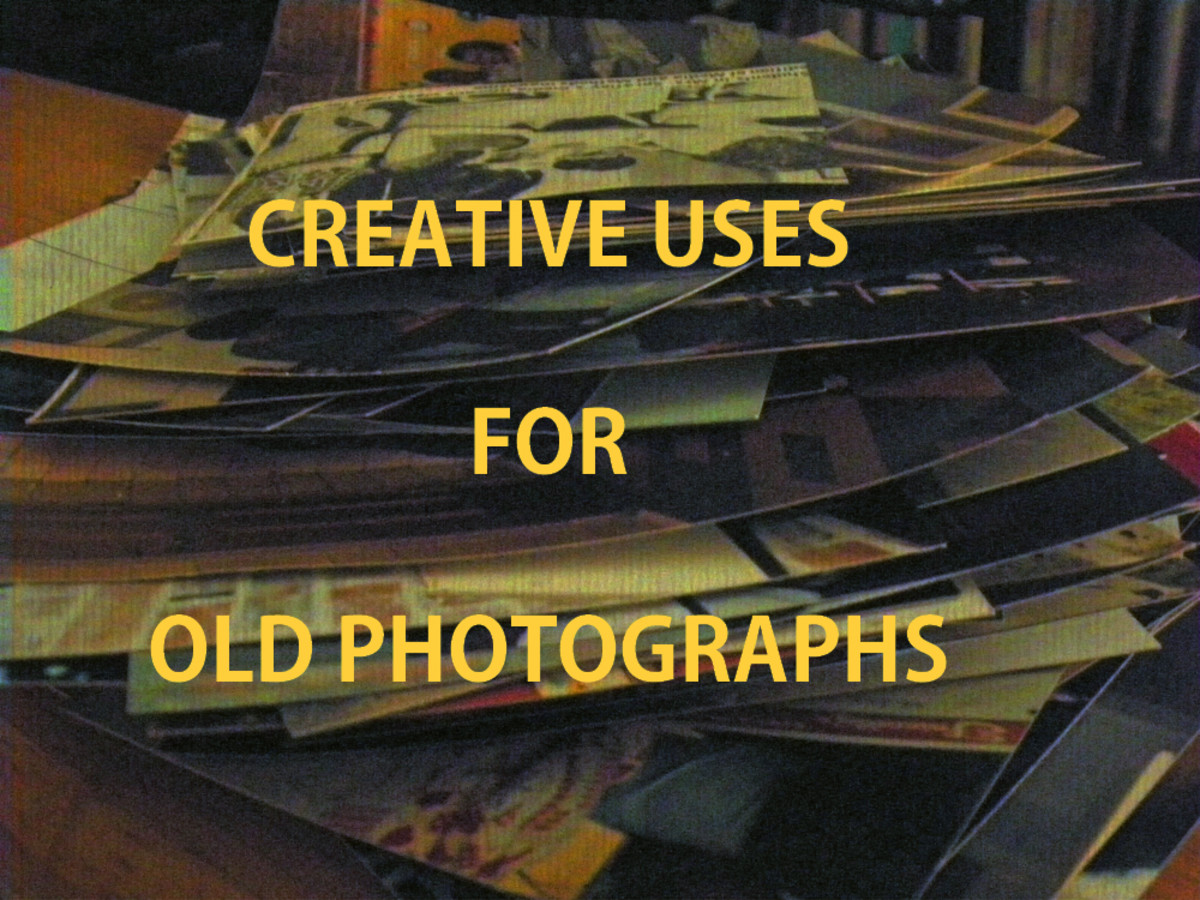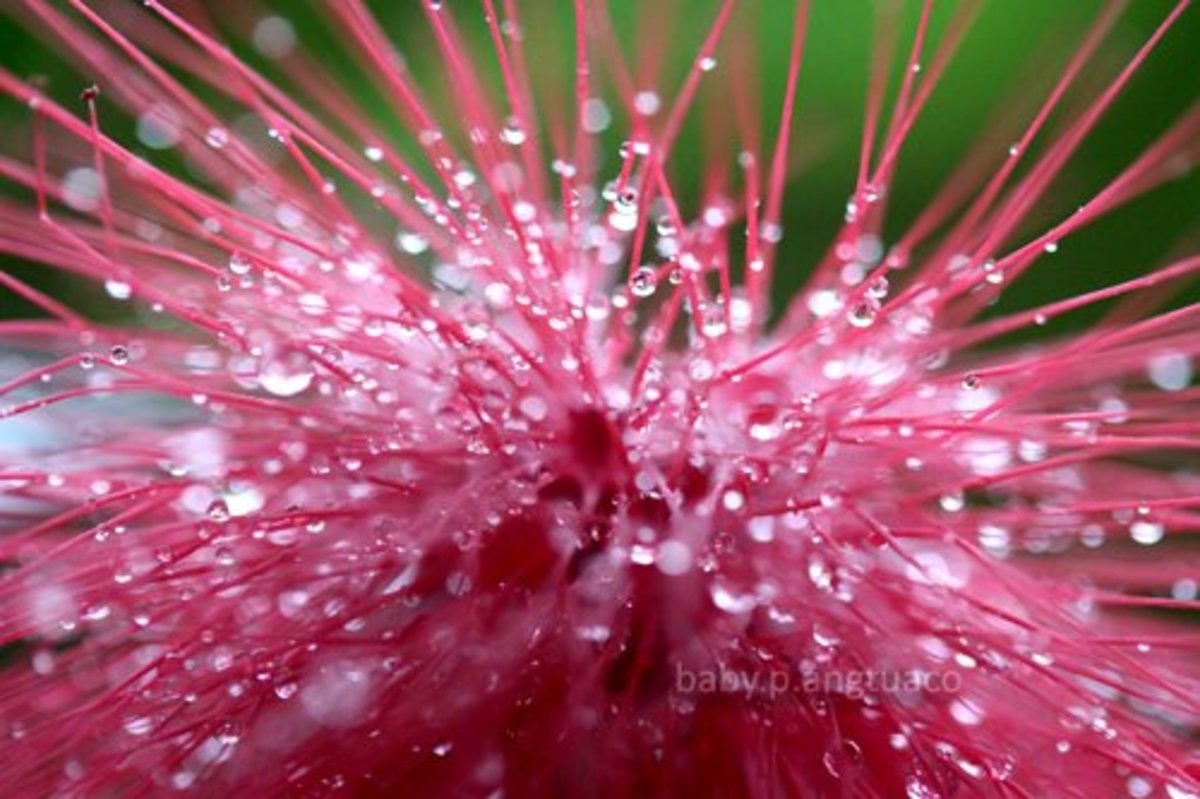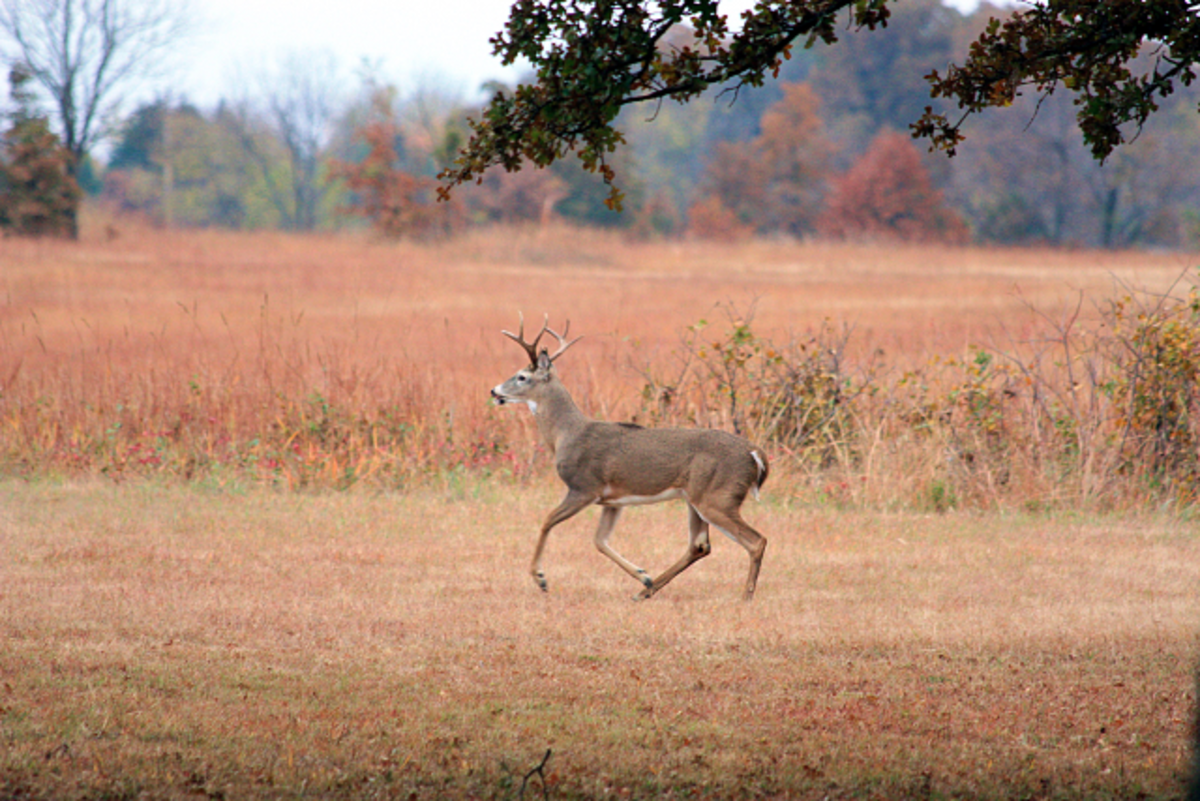Better Cloudscape and Found Photography
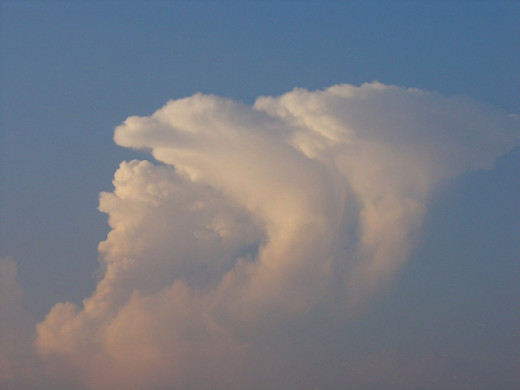
By its name, clouds-cape photography should be enough to give you an idea of what photography style this is composed of. The style, genre or technique, is focused on capturing images of clouds. But this is not as simplistic as it sounds.
The object is to capture images of clouds that are not only technically sound images but by their composition are aesthetically pleasing.
The medium of capture used is mostly color, but black & white film can be used with very pleasing effects. This is not to mean that the images are composed of only clouds, the clouds are the main point of interest but additional compositional details can be included such as the tops of building, mountain peaks, people etc.
Clouds absorb various colors as they reflect on them. Often during dusk or early sunrises the cloud patterns may reflect a yellowish to reddish hue. Often the clouds will reflect blueish undertones as well.
This depends on the weather, and atmospheric conditions. But keeping a keen eye and most often a bit of good luck can yield images which are emotive and pleasing at the same time. Within the same genre is the attempt to capture images that appear to form shapes; horses, faces, animals,etc. This probably reflects on a popular childhood game of naming shapes in clouds, which at least I played many times while growing up.
Normally for the best effects, these images are composed with the aid of a regular to wide angle lens, a tripod and fine grain film. Many of these cloudscapes have to be taken with a slow shutter speed, hence the tripod. Many of the compositions of cloudscapes are abstract in design, but many are clearly defined.
The contemporary use for these images are in poetic publishing, photography publications, motivational posters and literature and art galleries. Some scientific research organizations will also use many of these images, although they mostly use their own staff. One aspect of this genre is that some of the best samples are taken during inclement weather, so it allows one to exercises their photography at times when it would normally seem to be inappropriate.
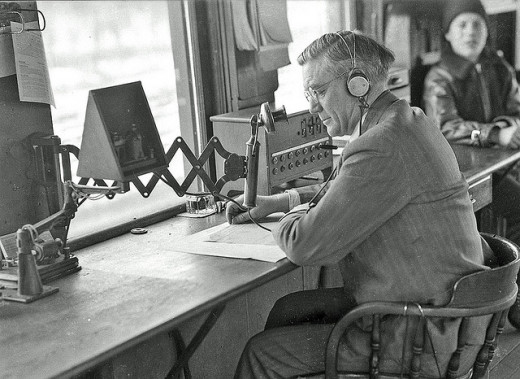
Jumping to a different technique, which in reality is not a photographic technique, but rather falls more under a hobby than anything else. For some this has become an obsession. Like with many photography genres, found photography has given rise to many photography clubs whose efforts are aimed at conducting searches, identifying, preserving, restoring and cataloging found photos
Found photography to put it simply, is to rummage through antique shops, flea markets, historical archives, family albums, thrift stores etc for old or recent unidentifiable prints. The concept involves the tracking and identification of the subject matter contained within those images.
The images may or may not be in less than ideal conditions, but the fun is to try to identify the locations, the times, the subject's identities, the history of each image. Many followers of this practice often re-shot the image in an attempt to correct minor flaws, but mostly to erase scratches, tears and dust particles.
A concerted effort is exerted in not altering the image more than it has to be to repair damages and to preserve them and prevent any further damage due to time and weather. These images are not collected for their value, as it most often is intrinsic in nature.
Similar to vernacular photography with the main difference being that the photographers has no knowledge regarding subject, location or origin of the image. These images many times end up at art displays and galleries, since this is rapidly becoming a popular photo theme.
One of the many appeals of this genre is the possibility of creating discussions and narratives to accompany each image, since the lack of information opens up many angles for interpretation. Don't be misled into thinking that this genre is solely geared towards old antique photographs, many of these images are in color and of very mundane recent origins. The key is to become a detective once you find those that catch your interest.
©
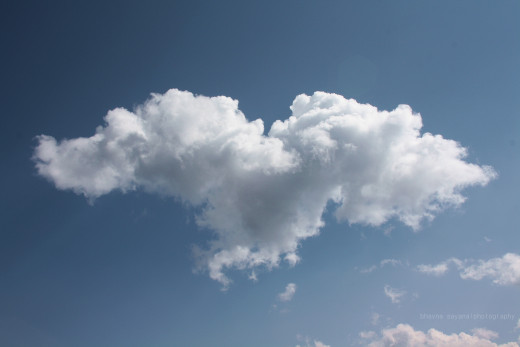
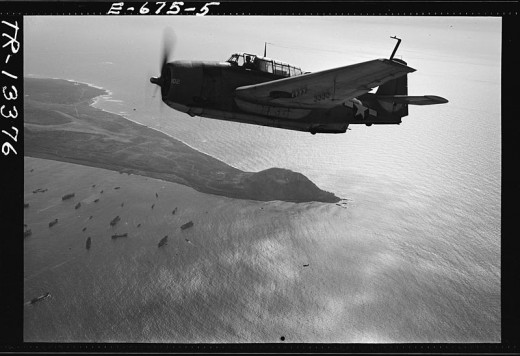
Think these two themes are worthwhile?
- Thames & Hudson Publishers | Essential illustrated art books | Found Photography
A side effect of the rise of photography as a popular art form has been the accumulation of a huge body of images whose photographers and subjects remain unknown. Among these are many fascinating photographs – some almost masterpieces – that could ea
